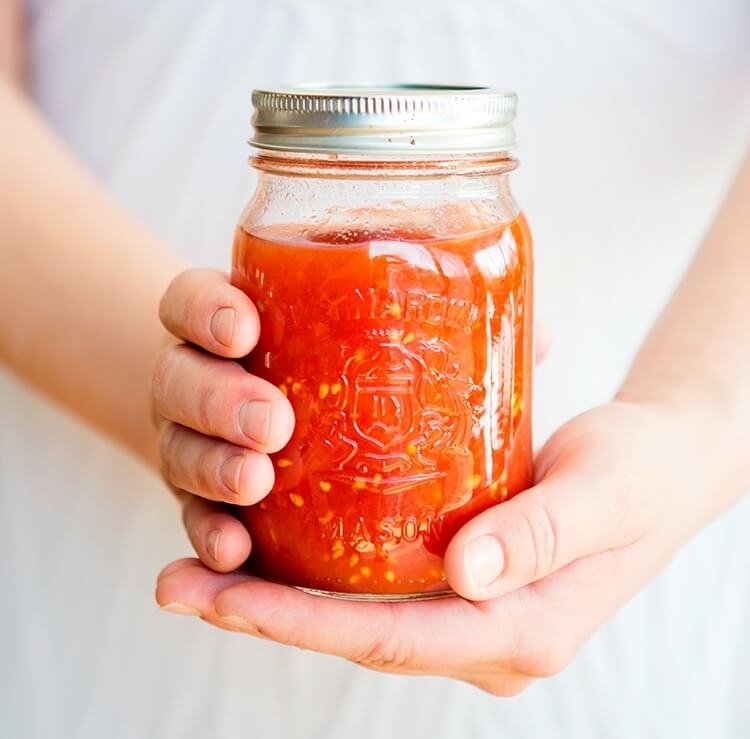Tomatoes 101
Having a sad little tomato year over here (I think my plants are ready to head to the country & acting up to show their displeasure of still being in the city) so it’s time to revisit my tomato own tips & tricks to see if we can salvage the season. Here’s what I’ve learned about growing big, beautiful, organic tomatoes;
Pick a spot with a minimum of 6-hours of daily sunlight, the more the better! We picked a large sunny patch in the back of our lot to grow the majority of our vegetables.
Work-up the soil before you plant. While I tend to be impatient and like things done right away last year I actually listened to the gardening books and spent a few days pre-prepping soil and our veggies grew bigger and better than ever. Networks of hidden roots in the soil will crowd out your tomato plants and steal nutrients from the soil. Remove as many of the remaining roots as possible and make sure to add some compost or manure to the area in order to enrich the nitrogen content of your soil (chicken poop is the best for this; and we happen to have lots!).
Add crushed eggshells (2 – 3) or 1/4 cup diatomaceous earth to your planting area. This adds calcium to the soil in order to support plant health and reduce the the likelihood of root rot.
If you have room in your garden, practice crop rotation and try to avoid planting similar plants (nightshades like eggplants, peppers, potatoes, etc) in the same ground for two years in a row. These plants pull similar nutrients from the soil and will deplete calcium and nitrogen from your land.
Stake your tomatoes: this exposes the fruit to more sunshine to maximize ripeness and prevents bugs from hiding-out in your plants.
Add a layer biodegradable mulch or hay to your garden, 2 – 4 inches deep surrounding the tomato plants. This year I laid hay and it significantly reduced weed growth around our plants and keep the soil well hydrated. We’ve found that it’s preferable to apply mulch / hay a little later in the spring, since the soil was slow to warm this year due to a cool early spring.
Trim those lower leaves. Once the plants are big enough I typically prune all lower leaves / branches so that there’s about twelve inches of space between the ground and the bottom leaves. This stops spread of fungus & bacterial wilt.
Last year we ended up with over 100 tomatoes, so I created this delicious summer-fresh tomato salsa recipe as a way to prepare and store our tomato excess. While our current tomato crop is looking a little sad, we’re still about to enjoy previous homegrown tomatoes thanks to this delicious and easy recipe.
Backyard Tomato Salsa Recipe
Salsa is an excellent way to get more vegetables in your diet, and we add this recipe to baked chicken and fish, throw it onto our salads, top fish tacos and even eat it straight out of the jar.
Ingredients
10 large, extra ripe tomatoes (use various sizes and colours make the salsa more interesting)
10 cloves of garlic, finely chopped
4 jalapeños, finely chopped
1 small onion, finely chopped
4 tablespoons apple cider vinegar
5 tablespoons chilli powder
4 tablespoons olive oil
Instructions
Mix ingredients together and store in an airtight container in the fridge for up to 2 weeks. We also use the techniques found in this book to preserve our salsa for up to 1 year.


